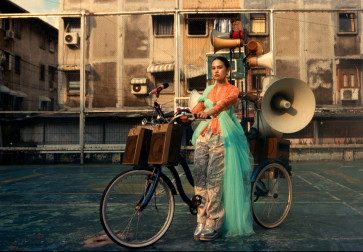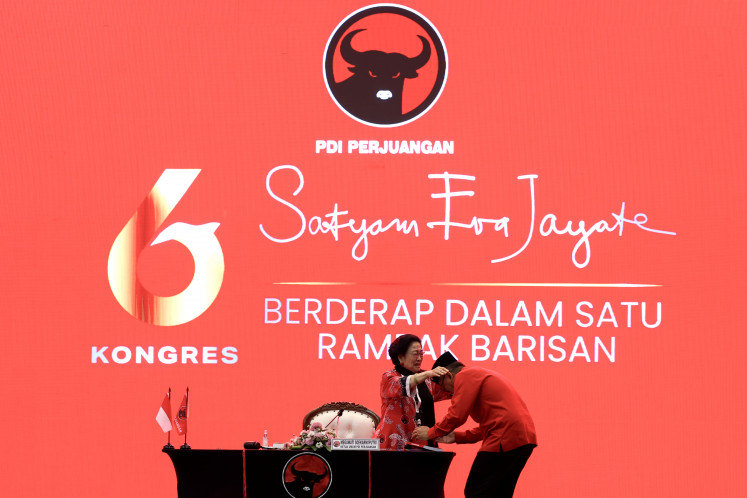Popular Reads
Top Results
Can't find what you're looking for?
View all search resultsPopular Reads
Top Results
Can't find what you're looking for?
View all search resultsLetter: Fighting against racism
Racism is still a very big problem and it is a conflict that can also be seen in Indonesia
Change text size
Gift Premium Articles
to Anyone
R
acism is still a very big problem and it is a conflict that can also be seen in Indonesia. Racism, where mostly in the world deals with color and race, you see in Indonesia is more about ethnicity and religion.
There were many anti-Chinese riots in Indonesia in 1998 that had injured the Chinese-Indonesian either physically or mentally. It’s a conflict involving local Indonesian people and the ethnic Chinese who live in Indonesia. The situation had gradually gotten better as Soeharto resigned and that had enabled the fight against racial discrimination. However, the conflict over racism isn’t something that can be easily fixed.
Indonesia and the organizations that deal with racism should work towards the reconciliation of the Chinese-Indonesian who have been racially discriminated by Indonesians. Also, the Indonesians who have racially abused Chinese-Indonesian should be prosecuted. These actions are a solution that helps both sides of the conflict and are easily carried out.
Organizations should use reconciliation because it can heal the Chinese-Indonesian of their mental and emotional damage and their thoughts about the Indonesians. Chinese-Indonesian who have witnessed and been through the May 1998 tragedy might still have grudges against the Indonesian people who have attacked them.
These grudges are very hard to get over and also might need special treatment. Chinese-Indonesian who went through the crisis in 1998, shouldn’t hold grudges the wrong way and so the organizations should change the way they think about it.
Reconciliation is a very effective solution to build trust with Chinese-Indonesian as stated before. Chinese-Indonesian hold considerable sway over Indonesia’s economy. This is a good solution as it benefits all sides of the conflict in different ways.
Along with comforting Chinese-Indonesian, prosecution of the Indonesians is needed as it is an effective way to teach that racism is not accepted in Indonesia. It is shown that a number of laws against Chinese-Indonesian discrimination have been passed down by the government of Indonesia.
There are already laws that go against racism against Chinese-Indonesian. So it’s just a matter of finding out the persons and putting them on trial in court. If prosecution doesn’t happen, the local Indonesians won’t know that it’s a problem that they are facing and seizing the situation and fixing the problem will be impossible. Indonesians have to know that they are discriminating against Chinese-Indonesian and they have to stop.
Nowadays there are many organizations that speak against racism in Indonesia, so I propose to these organizations the two justice approaches of reconciliation and prosecution because it is an easy task to carry out. These organizations have not done what they could actually do to their full potential.
It is known that Indonesia has already started reconciliation. However, that approach hasn’t been used in solving racism, but in the conflict between Muslims and Christians in Indonesia. So the many strategies that were used to fix the conflict of religion can be applied to fixing racism.
Along with reconciliation, prosecution is also an easy task as there are already laws against discriminating against Chinese-Indonesian and prosecution is already being done all over the world, even in Indonesia. Reconciliation and prosecution are already established and on their way.
As racism is still going on, organizations in Indonesia should work harder on stopping it.
Jong Woo Park
Jakarta










